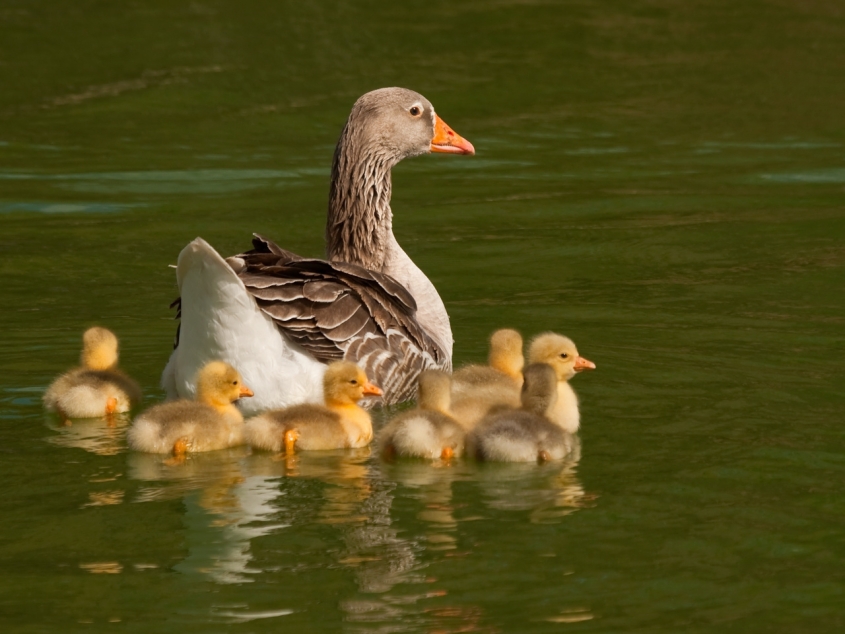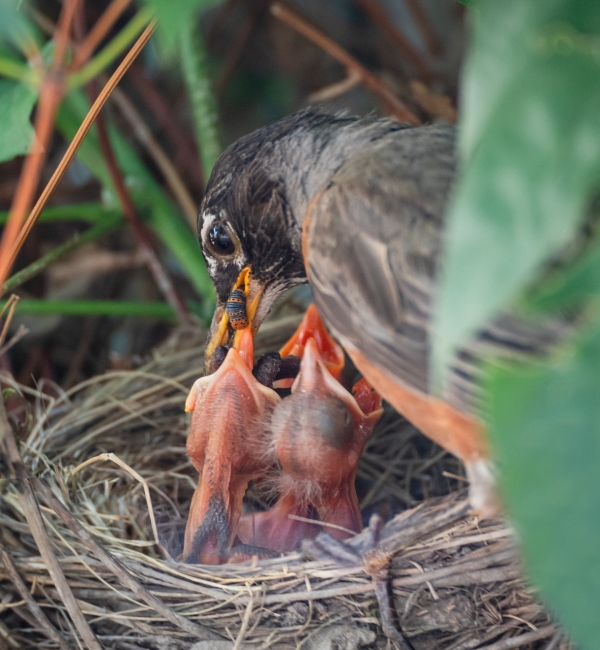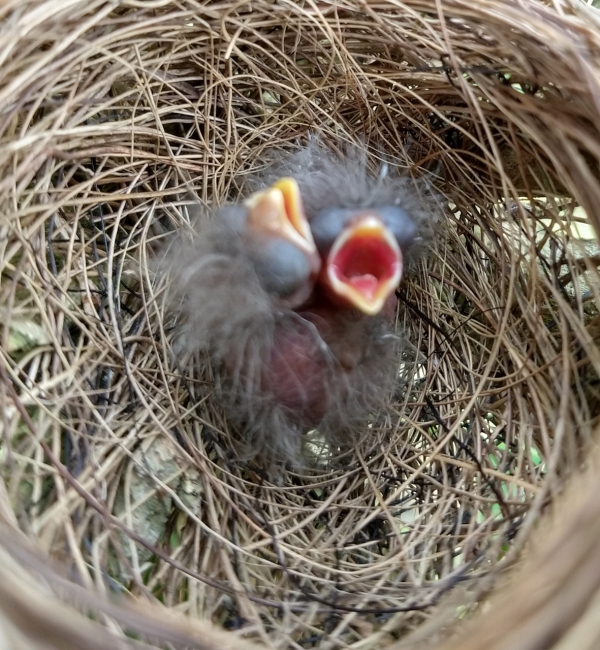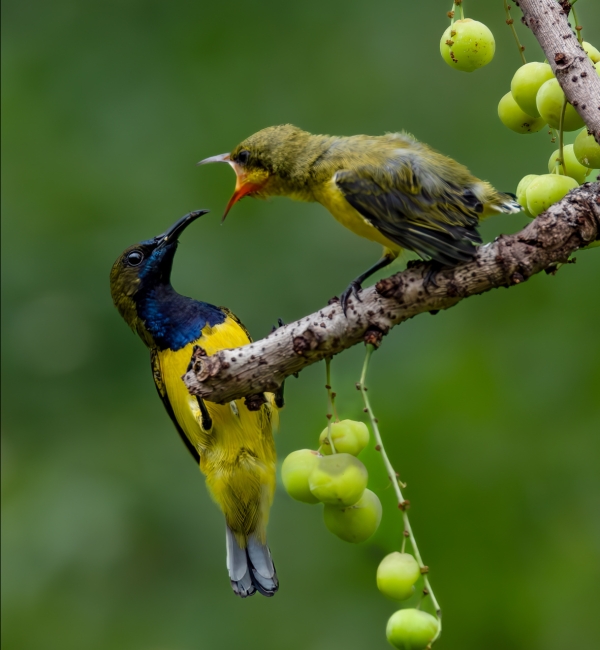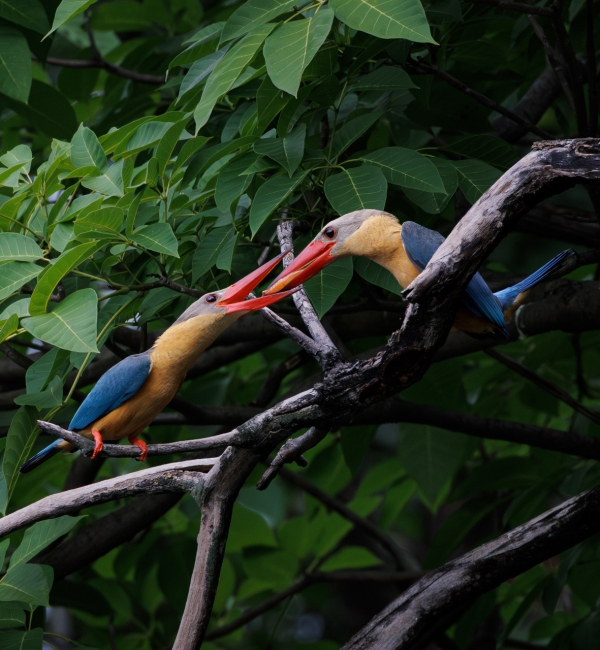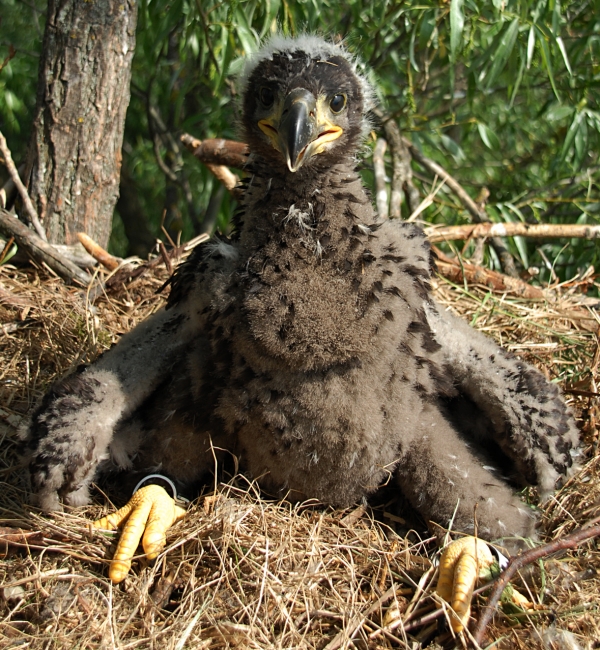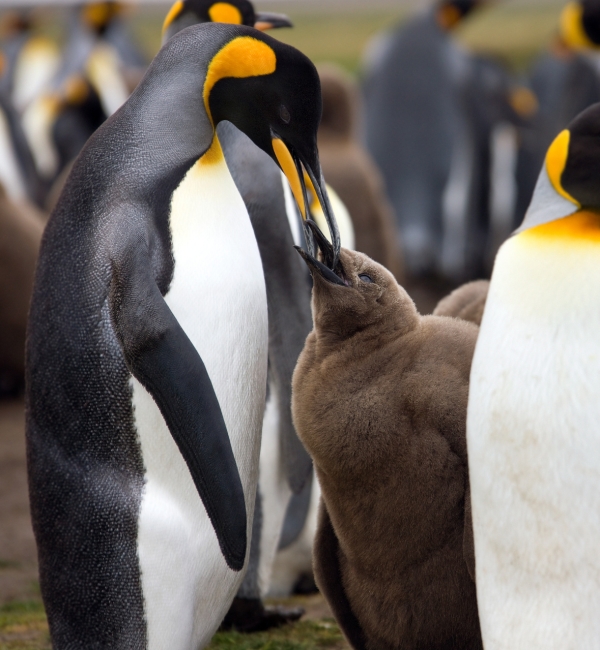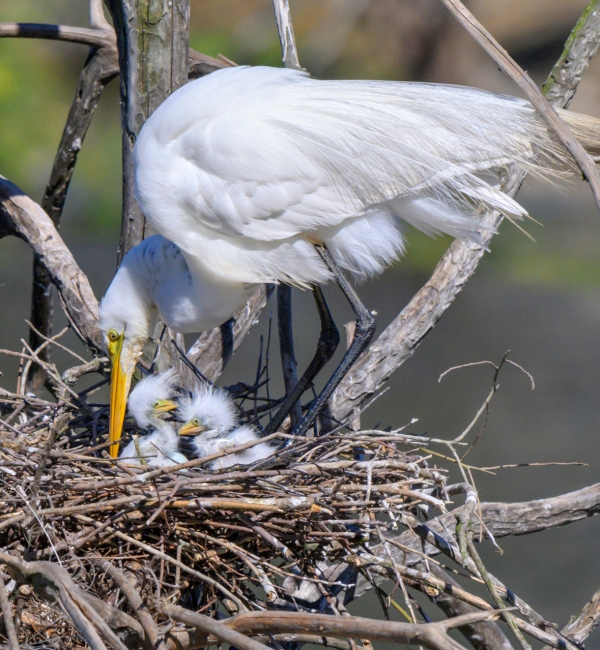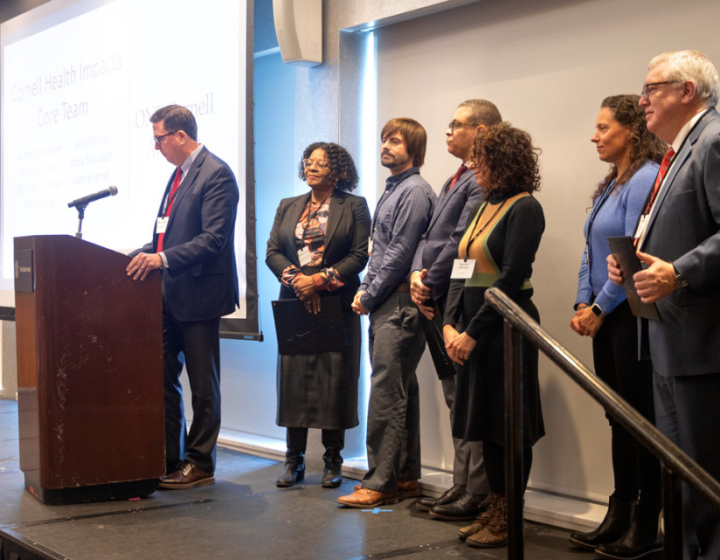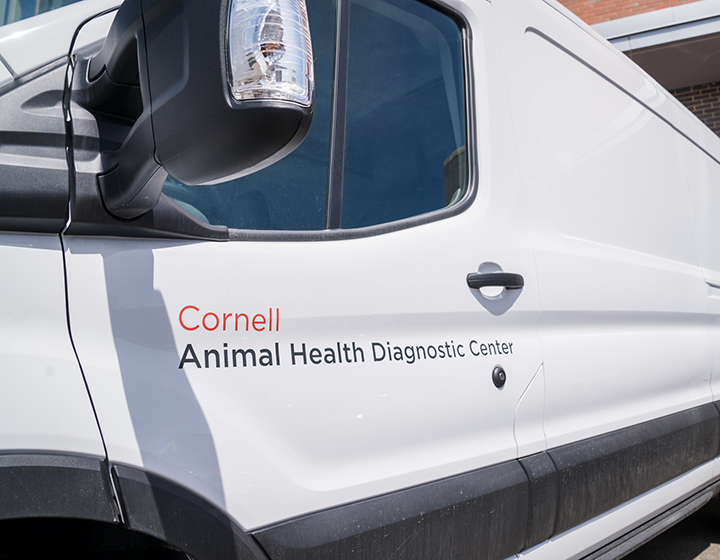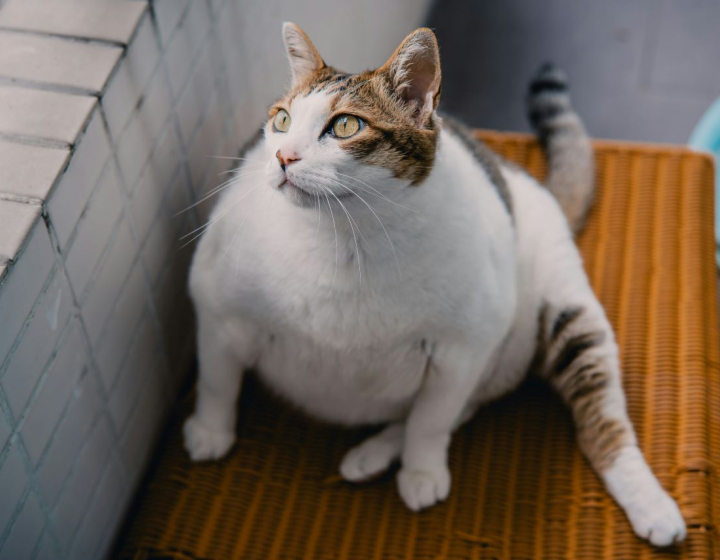Mother Nature didn't put all her eggs in the same basket
From hummingbirds to ostriches, ducks to eagles, and penguins to albatrosses, birds display an astonishing range of shapes and forms. But did you know that different parenting strategies might have shaped how species fly or hunt?
Ducklings and chickens can walk and feed independently within hours of hatching.
Robins and sparrows hatch blind, naked, and entirely dependent on their parents to survive.
Cornell researchers Andrew Orkney, Priscila Rothier and Brandon Hedrick, in the Department of Biomedical Sciences, asked the following question:
Have these two developmental strategies – precocial (self-sufficient soon after birth) and altricial (immature at birth) – caused birds to evolve different body shapes and flight styles?
(see answer below)
"Having helpless, dependent chicks is a great burden on parents. And for the chicks, growing wings is hard work. We hypothesized that parental feeding gives altricial chicks a helping-hand that allows them to sustain the growth of very large or unusual wings," said Orkney.
After comparing adult limb bone length and flight style in hundreds of species, the researchers found that altricial birds come in all shapes and forms: The variety of shapes in wing and leg – as well as their proportions relative to each other – evolved faster in altricial birds.
The wider range of wing proportions, and more independent evolution between wings and legs, in altricial birds is associated with flight-style innovations (e.g. hovering, soaring, gliding, diving etc.)
The results from Hedrick and his colleagues confirmed their hypothesis:
Parental care and extended time in the nest may have allowed more diverse body shapes and environmental adaptations to develop.
"It's fascinating to see how different parenting strategies might have shaped how species fly or hunt," said Hedrick.
The study was published in the Proceedings on the Royal Society B, on Oct 2025.



